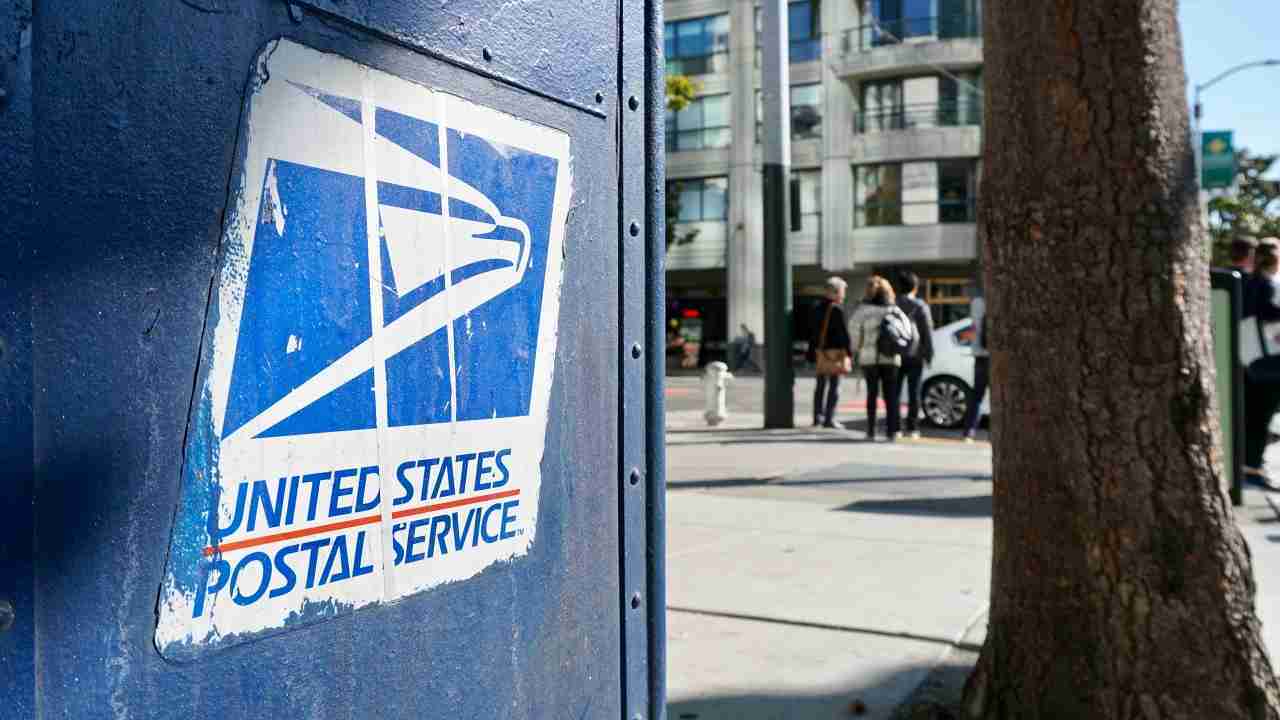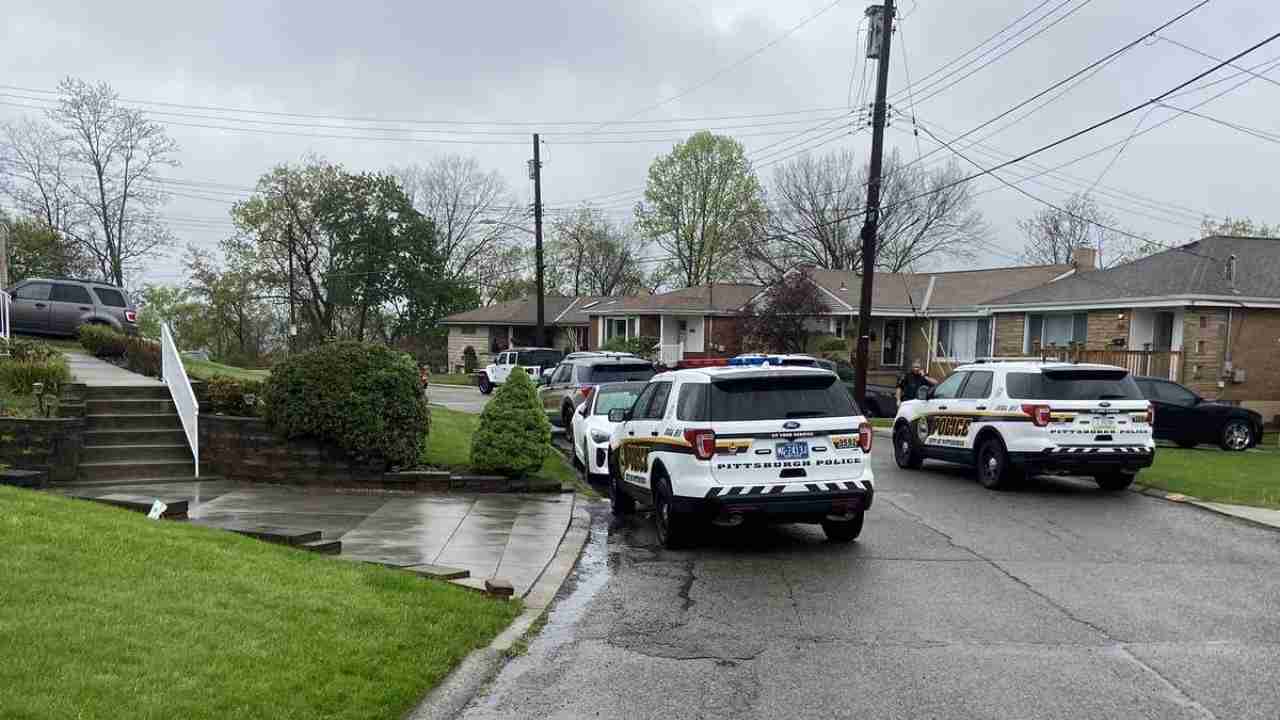Each year, the Postal Service™ designates the third full week of May as “Mailbox Improvement Week” to encourage customers on city motorized, rural, or contract delivery service routes (formerly highway contract box delivery routes) to examine and, where necessary, improve the appearance of their mailboxes. Neat, attractive mailboxes make a significant contribution to the appearance of the countryside and streets in suburban areas. Mailbox Improvement Week calls attention to the need for providing mailboxes that are:
1. Approved by the Postmaster General®.
3. Designed to protect the mail from weather.
7. Large enough within allowable size limits to support the customer’s daily mail and package volume (see about.usps.com/what-we-are-doing/current-initiatives/delivery-growth-management/welcome.htm).
Mailboxes designed to meet these seven important requirements help delivery and collection operations while improving service to the entire route. There are two main design groups of curbside mailboxes:
1. Non-locked designs (full or limited service):
a. Traditional design (see Exhibit A1. below).
b. Traditional design — wide; USPS® preferred (see Exhibit A2, below).
c. Contemporary design (see Exhibit B, below).
2. Locked designs (full or limited service):
b. Wide or large-capacity design; USPS preferred.
USPS-STD-7C governs the design and specifications of curbside mailboxes and includes provisions for improved product quality.
Notice 209
Postmasters must send Notice 209, Mailbox Improvement Week, to all rural and highway contract box delivery route customers the week before Mailbox Improvement Week as a reminder of the event. Postmasters may order Notice 209 through the U.S. Postal Service® eBuy+ ordering system under the Material Distribution Center (MDC) eBuy+ catalog or the Touch-Tone Order Entry (TTOE) system.
The Postal Service Stock Number (PSN) is 7610-03-000-9145 and the Postal Service Identification Number (PSIN) is NOT209. If you already have a 10-digit access code for TTOE, please call 800-273-1509 to place your order. If you do not have an access code, call 800-332-0317 to register for TTOE.
Ordering Information
Use the following information to order Notice 209:
PSIN: NOT209
PSN: 7610-03-000-9145
Unit of Issue: EA
Quick Pick Number: 496
Bulk Pack Quantity: 3,000
Minimum Order: 50
Price: $0.0260
City Motorized, Rural, and Contract Delivery Service Routes
Customers must only use approved traditional, contemporary, or locked full/limited service curbside mailboxes for new installations or replacements. When new delivery is established or extended, postmasters must ensure that customers use delivery equipment that the Postmaster General has approved. However, a customer may use a custom-built curbside mailbox if the local postmaster approves and the mailbox conforms generally to the same requirements as approved manufactured curbside mailboxes (i.e., relative to the flag, size, strength, and quality of construction).
Postmasters do not have the authority to approve mailbox systems, such as USPS-STD-4C wall-mounted units or cluster box units (CBUs), that the Postmaster General has not approved through the USPS approval process.
Carriers on motorized city routes may continue to serve mailboxes that are designed primarily for use by customers receiving door delivery that have been erected and served under previous regulations (see Exhibit C, below). However, carriers must advise customers that they may only use approved curbside mailboxes when replacing these types of mailboxes. A list of approved curbside mailbox manufacturers appears below.
For motorized city routes, and where the use of street names and house numbers is authorized on rural and contract delivery service routes, the mailbox must display the number on the side of single mailboxes or on the door of grouped mailboxes. If the mailbox is on a street other than the one on which the customer resides, the street name and house number must be on the mailbox. When rural and contract delivery service route customers have assigned box numbers, the numbers must appear on the side of single mailboxes or on the doors of grouped mailboxes, visible to the approaching carrier. The street number, box number, and any other address information must be inscribed in contrasting color in neat letters and numerals not less than 1 inch in height. In all instances, placing the owner’s name on the box is optional, but not recommended by the Postal Service.
The Postal Service encourages but does not require motorized city, rural, and contract delivery service route customers to group mailboxes whenever practical, especially where many mailboxes are located at or near crossroads, service turnouts, or similar locations. Customers must also paint mailboxes and supports/posts and keep them rust-free. The Postal Service prohibits advertising on mailboxes and mailbox supports.
In areas where snow removal is a problem, the Postal Service suggests using a semi-arch or extended arm-type support (see Exhibit D), which allows snowplows to sweep near or under mailboxes without damaging supports and provides easy access to the mailboxes by carriers and customers.
Generally, customers must install mailboxes at a height of 41–45 inches from the road surface to the bottom of the mailbox or point of mail entry. Also, customers must set mailboxes back 6–8 inches from the front face of the curb or road edge to the mailbox door. However, because of varying road and curb conditions and other factors, the Postal Service recommends that customers contact their local Post Office® before erecting or replacing mailboxes and supports.
Location
Customers must place mailboxes on motorized city, rural, and contract delivery service routes so a carrier can safely and conveniently serve them without leaving his or her vehicle. The mailboxes must be on the right-hand side of the road in the carrier’s travel direction in all cases where traffic conditions make it dangerous for the carrier to drive to the left to reach the mailboxes, or where doing so would constitute a violation of traffic laws and regulations. Postal Operations Manual (POM) 632.6 specifies postal regulations regarding mailbox locations for apartment houses and other multiple-unit dwellings.
On new rural and contract delivery service routes, all mailboxes must be on the right-hand side of the road in the direction of the route line. Mailbox placement must conform to state laws and highway regulations. City motorized, rural, and contract delivery service route carriers are subject to the same traffic laws and regulations as other motorists. Customers must remove obstructions, including vehicles, trash cans, and snow, that might impede safe and efficient delivery. Except when a mailbox is temporarily blocked, carriers must have access to the mailbox without leaving the vehicle, unless authorized to dismount.
For new developments, builders and USPS officials discuss the location of centralized delivery equipment during planning and before the start of construction, whenever possible. Centralized delivery is the Postal Service’s preferred mode of delivery for all new addresses. Discussing equipment locations early in the process allows builders and USPS officials to determine the safest, most efficient equipment locations. By co-locating boxes, USPS and the building industry realize the best return on the investments of centralized delivery. Factors to consider when determining locations for centralized delivery equipment include the following:
n Co-locating delivery equipment.
n Customer and carrier safety.
n Customer accessibility (sufficient turnaround space or access for customers with mobility disabilities from nearest public right-of-way).
Mailbox Supports
The Postal Service does not regulate mailbox supports in any way except for purposes of carrier safety and delivery efficiency. Customers own and control posts and other supports for curbside mailboxes; they are are responsible for ensuring that posts are neat and adequate in strength and size. Heavy metal posts, concrete posts, and miscellaneous items of farm equipment, such as milk cans filled with concrete, are examples of potentially dangerous supports. The ideal support is an assembly that bends or falls away when struck by a vehicle. Post or support designs may not represent effigies or caricatures that disparage or ridicule any person. Customers may attach the box to a fixed or movable arm. POM 632.5 specifies postal regulations for construction and placement of mailboxes and supports on motorized city, rural, and contract delivery service routes.
The Federal Highway Administration (FHWA) has determined that wooden mailbox supports no larger than 4–by-4–inches, or a 2-inch diameter standard steel or aluminum pipe, buried no more than 24 inches, should safely break away if struck by a vehicle. According to FHWA, customers must also securely attach the mailbox to its post to prevent separation, if struck.
Choose the Right Size and Make Your Mailbox Green
When selecting a curbside mail receptacle, customers may want to consider:
n A mail receptacle that can hold small packages, protect them from inclement weather, and offer a safe haven for packages that the carrier might otherwise leave on your doorstep.
n A mail receptacle that can hold larger packages so carriers can pick up outgoing packages through the USPS free Carrier Pickup™ program. Saving a trip to the Post Office saves fuel and time, and helps the environment.
Greener Mailboxes Lead to Greener Neighborhoods
When mailboxes are appropriately constructed, installed, and in good physical condition, the Postal Service delivers the mail safely and efficiently. Customers avoid a trip to the Post Office, which saves fuel and reduces carbon emissions.
However, the greenest forms of mail delivery are centralized mail delivery systems that are located in neighborhoods serving multiple residents from a single location.
Sometimes referred to as a “cluster box unit” or “community mailboxes,” these neighborhood mailbox centers offer the greatest amount of fuel savings and carbon emission reductions because carriers can deliver mail to multiple customers during a single stop with less truck idle time. Increasing the use of centralized delivery for new and existing customers helps the Postal Service create “greener” neighborhoods across the country.
In addition to fostering a sense of community, centralized delivery provides the added benefit of security for mail and package delivery as well as outgoing mail collection.






